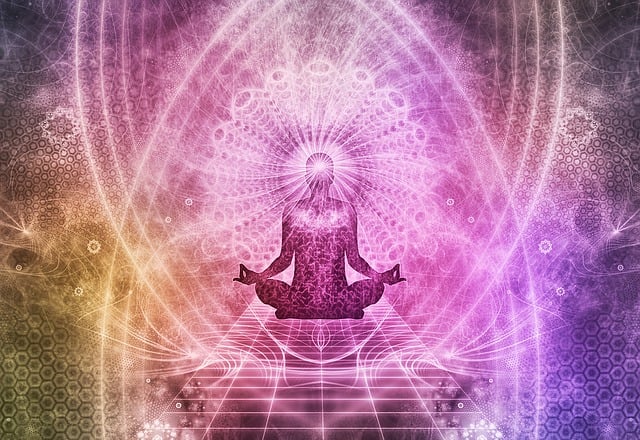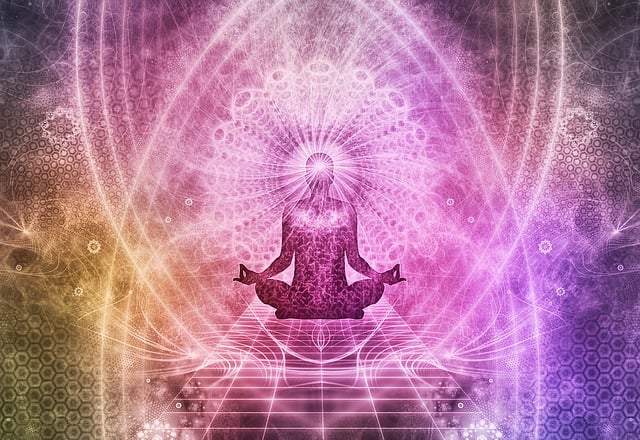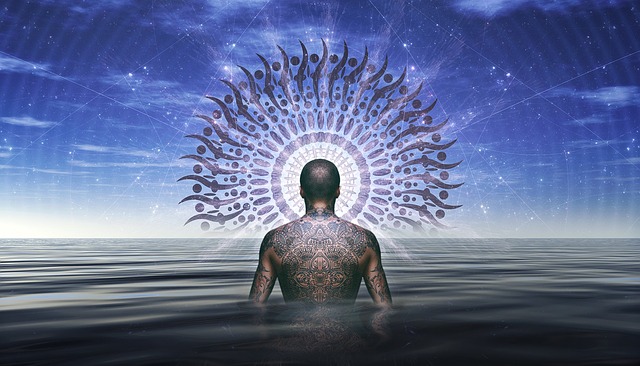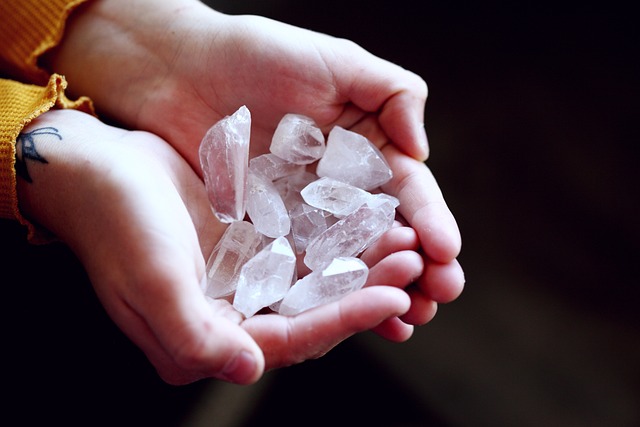
Have you ever wondered what Reiki energy is called? Well, you’re in luck because I’m here to tell you all about it! Reiki energy is commonly referred to as “life force energy” or “universal energy.” It is believed to be the vital energy that flows through all living beings, including plants, animals, and humans. This energy is said to promote healing and balance on physical, emotional, and spiritual levels. Intriguing, right?
Now, let’s dive a little deeper into this fascinating topic. Reiki energy is often described as a gentle and soothing force that brings about feelings of relaxation, peace, and well-being. It is believed to work by clearing any blockages or imbalances in the body’s energy system, allowing the life force energy to flow freely. This, in turn, facilitates the body’s natural healing abilities and promotes a sense of harmony.
In the upcoming article, you’ll learn more about the origins and principles of Reiki energy, as well as the different techniques used to channel it. Whether you’re a skeptic or a believer, understanding Reiki energy can provide valuable insights into alternative methods of healing and self-care. So, get ready to embark on a journey of discovery as we explore the wonderful world of Reiki energy. Let’s get started!

Introduction
Reiki energy is a powerful and ancient healing practice that originated in Japan. It is known for its ability to promote physical and emotional well-being, as well as enhance spiritual growth. But have you ever wondered what Reiki energy is called? In this article, we will explore the different names for Reiki energy, its symbols, its role in various cultures, the science behind it, and its connection to healing, self-care, and spiritual growth.
Understanding Reiki Energy
The definition of Reiki energy
Reiki energy can be defined as a form of spiritual healing that uses life force energy to promote well-being. The word “Reiki” comes from two Japanese words: “rei,” which means universal, and “ki,” which means life force energy. It is believed that this universal life force energy is present in all living beings and can be channeled by a Reiki practitioner to promote healing and balance.
The origins of Reiki energy
Reiki energy was developed by a Japanese Buddhist monk named Mikao Usui in the early 20th century. Usui was seeking a way to heal both physical and emotional ailments, and through intense meditation and spiritual practices, he discovered the healing power of Reiki energy. Usui went on to teach this practice to others, and it eventually spread to the Western world.
The Different Names for Reiki Energy
Traditional Japanese term for Reiki energy
In Japan, Reiki energy is commonly referred to as “Usui Reiki Ryoho,” which translates to Usui’s Healing Method. This term emphasizes the original teachings and techniques developed by Mikao Usui.
Western term for Reiki energy
In the Western world, Reiki energy is simply referred to as “Reiki.” This term is widely recognized and used in various forms of holistic healing, including Reiki massage, Reiki therapy, and Reiki attunements.
The Meaning of Reiki Symbols
Explanation of the Cho Ku Rei symbol
The Cho Ku Rei symbol is one of the main symbols used in Reiki energy healing. It is often depicted as a spiral with a power symbol inside. This symbol is believed to enhance the flow of Reiki energy and increase its intensity. By drawing or visualizing the Cho Ku Rei symbol, Reiki practitioners can amplify the healing effects of their sessions.
Explanation of the Sei He Ki symbol
The Sei He Ki symbol is another important symbol in Reiki energy healing. It is commonly used to promote emotional healing and balance. The symbol consists of three parts: two horizontal lines representing the conscious and subconscious mind, and a diagonal line intersecting them, symbolizing the integration of the mind and body. The Sei He Ki symbol is often used to address emotional and mental issues during Reiki sessions.
Explanation of the Hon Sha Ze Sho Nen symbol
The Hon Sha Ze Sho Nen symbol is known as the distance healing symbol in Reiki energy healing. It is used to send healing energy across time and space, allowing Reiki practitioners to send healing intentions to individuals who are not physically present. By using this symbol, Reiki energy can transcend physical limitations and reach anyone, anywhere in the world, past, present, or future.

Reiki Energy in Different Cultures and Practices
The use of Reiki in Hinduism
In Hinduism, Reiki energy is often referred to as “prana,” which means life force energy. Like Reiki, prana is believed to flow through the body and can be harnessed for healing and well-being. Practices such as yoga and meditation are commonly used in Hinduism to cultivate and channel prana energy.
Reiki energy in Chinese medicine
In Chinese medicine, Reiki energy is known as “qi” or “chi.” Qi is considered the vital life force energy that flows through the body’s energy channels, known as meridians. Acupuncture and acupressure are commonly used in Chinese medicine to balance and promote the flow of qi energy.
Reiki energy in Native American traditions
In Native American traditions, Reiki energy is often referred to as “Great Spirit,” “Wakan Tanka,” or “Tunkashila.” These terms represent the belief in a divine, universal energy that connects all living beings. Native American healing practices, such as sweat lodges and smudging, are used to align with this universal energy and promote healing and balance.
The Science Behind Reiki Energy
The role of chakras in Reiki energy
In Reiki energy healing, the body’s chakras play a crucial role. Chakras are energy centers located along the spine, and each one corresponds to a different aspect of our physical, emotional, and spiritual well-being. By balancing and clearing these chakras, Reiki energy can flow freely throughout the body, promoting healing and vitality.
The electromagnetic field and Reiki energy
Scientific research has shown that the human body emits electromagnetic energy, which can be measured and detected. Reiki energy is believed to interact with this electromagnetic field, promoting balance and harmony at a cellular level. Although the scientific understanding of Reiki energy is still evolving, many people report significant improvements in their physical and emotional well-being after receiving Reiki treatments.

Reiki Energy and Healing
The benefits of Reiki energy healing
Reiki energy healing has numerous benefits for both physical and emotional well-being. It can help alleviate pain, reduce stress and anxiety, boost the immune system, promote relaxation, improve sleep quality, and support the body’s natural healing processes. Many individuals find that regular Reiki sessions have a profound and lasting impact on their overall health and well-being.
How Reiki energy promotes emotional and physical well-being
Reiki energy works holistically to promote emotional and physical well-being. By balancing the body’s energy and addressing blockages or imbalances, Reiki can help release emotional trauma and promote emotional healing. This, in turn, can have a positive impact on physical health and overall vitality.
Reiki Energy and Self-Care
Using Reiki energy for self-healing
Reiki energy can be a powerful tool for self-healing and self-care. By learning Reiki techniques and symbols, individuals can practice self-Reiki to promote relaxation, balance, and healing. This can be done through self-Reiki sessions, in which individuals apply Reiki energy to themselves, or through daily self-Reiki practices such as meditation or visualization exercises.
Incorporating Reiki energy into daily practices
In addition to self-healing, Reiki energy can be incorporated into various daily practices to promote well-being. This can include using Reiki-infused crystals or essential oils, practicing Reiki-infused yoga or exercise routines, or simply setting positive intentions throughout the day. By infusing daily activities with Reiki energy, individuals can cultivate a sense of well-being and balance in their everyday lives.
Reiki Energy and Spiritual Growth
How Reiki energy enhances spiritual development
Reiki energy has a deep connection to spiritual growth and development. By channeling universal life force energy, Reiki practitioners can enhance their connection to their own spirituality and higher consciousness. Regular Reiki practice can deepen one’s sense of inner peace, intuition, and connection to the divine.
Using Reiki energy for meditation and mindfulness
Reiki energy can be a valuable tool for meditation and mindfulness practices. By incorporating Reiki symbols or techniques into meditation sessions, individuals can deepen their state of relaxation and focus, and tap into the healing power of Reiki energy. Reiki can also enhance mindfulness practices by promoting a heightened sense of presence, awareness, and connection to the present moment.
Conclusion
In conclusion, Reiki energy is known by various names in different cultures and practices, but its essence remains the same – a universal life force energy that promotes healing, balance, and spiritual growth. Whether you refer to it as Reiki, prana, chi, or Great Spirit, the power of this healing energy remains constant. By understanding the different names, symbols, and practices associated with Reiki energy, you can tap into its transformative power and enhance your own well-being. So, whether you’re new to Reiki or have been practicing for years, embrace the power of Reiki energy and allow it to guide you on your journey towards healing, self-care, and spiritual growth.









